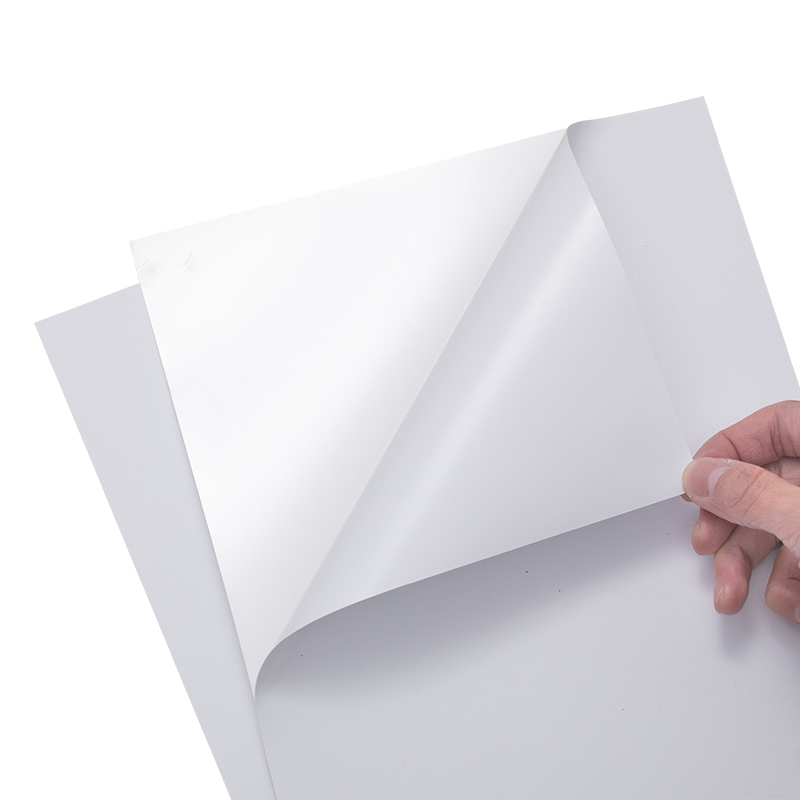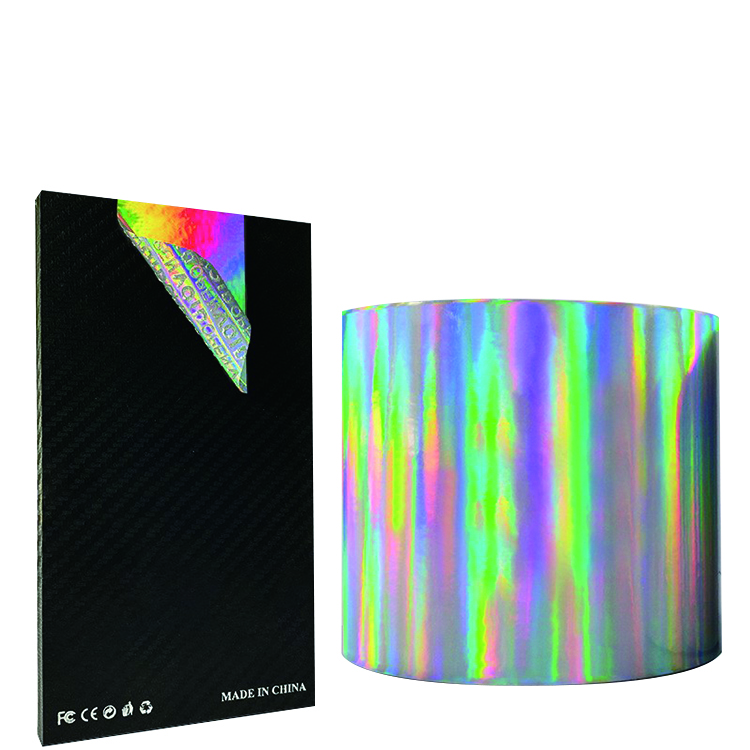Customization Cost for High-Temperature Resistant Label Barcodes
Sticker labels play a crucial role in various industries, providing essential information and identification for products. In environments with high temperatures, such as manufacturing plants, laboratories, and automotive facilities, it is crucial to use high-temperature resistant label barcodes. These labels are designed to withstand extreme heat without compromising their functionality or readability. However, customization of such labels can incur additional costs due to the specialized materials and printing processes involved. In this article, we will explore the factors that contribute to the customization cost of high-temperature resistant label barcodes.
1. Material Selection
The choice of materials is a critical factor in designing high-temperature resistant label barcodes. These labels must be able to withstand temperatures well beyond what standard labels can endure. Materials such as polyester, polyimide, and ceramic coatings are commonly used for their excellent thermal stability. However, these specialized materials come at a higher cost compared to standard label materials like paper or vinyl. The cost of materials directly impacts the overall customization cost of high-temperature resistant label barcodes.
2. Printing Techniques
Printing high-temperature resistant label barcodes requires specialized techniques to ensure durability and readability. Traditional printing methods, such as inkjet or laser printing, may not be suitable for these labels as the inks or toners may not withstand extreme temperatures. Instead, techniques like thermal transfer printing or direct thermal printing are commonly employed. These methods utilize heat-sensitive materials that bond with the label surface, ensuring longevity under high-temperature conditions. However, the equipment and consumables required for these printing techniques can be more expensive, contributing to the overall customization cost.
3. Barcode Design Complexity
The complexity of the barcode design also affects the customization cost. High-temperature resistant label barcodes may require additional elements to enhance their readability, such as larger font sizes, higher contrast colors, or additional encoding techniques. These design considerations can increase the time and effort required for the customization process, resulting in higher costs. Additionally, if the barcode design needs to comply with specific industry standards or regulations, further customization may be necessary, leading to additional expenses.
4. Quantity and Lead Time
The quantity of high-temperature resistant label barcodes required can influence the customization cost. Ordering labels in bulk often results in lower unit costs due to economies of scale. However, it is essential to consider the lead time required for customization. Rush orders or small quantities with shorter lead times may incur additional charges to expedite the production process. Balancing the quantity needed and lead time requirements is crucial to managing customization costs effectively.
Conclusion
Customizing high-temperature resistant label barcodes involves several factors that contribute to the overall cost. Material selection, printing techniques, barcode design complexity, and quantity requirements all play a significant role in determining the customization cost. Understanding these factors and working closely with label manufacturers can help businesses make informed decisions while balancing the need for high-temperature resistance with cost considerations. By investing in high-quality, customized labels, industries can ensure accurate identification and information even in the most extreme temperature environments.
We offer comprehensive technical support, including free professional labeling solutions, advice on label materials and adhesive selection, as well as online/offline assistance from professional software and hardware engineers. Service email: andy@ownlikes.cn. In pre-sales, we leverage our extensive experience in specialty labeling projects to provide clients with the most suitable hardware solutions. Additionally, all our label barcode printers and scanners come with a three-year free warranty, demonstrating our confidence in our products.






This site is protected by reCAPTCHA and the Google Privacy Policy and Terms of Service apply.